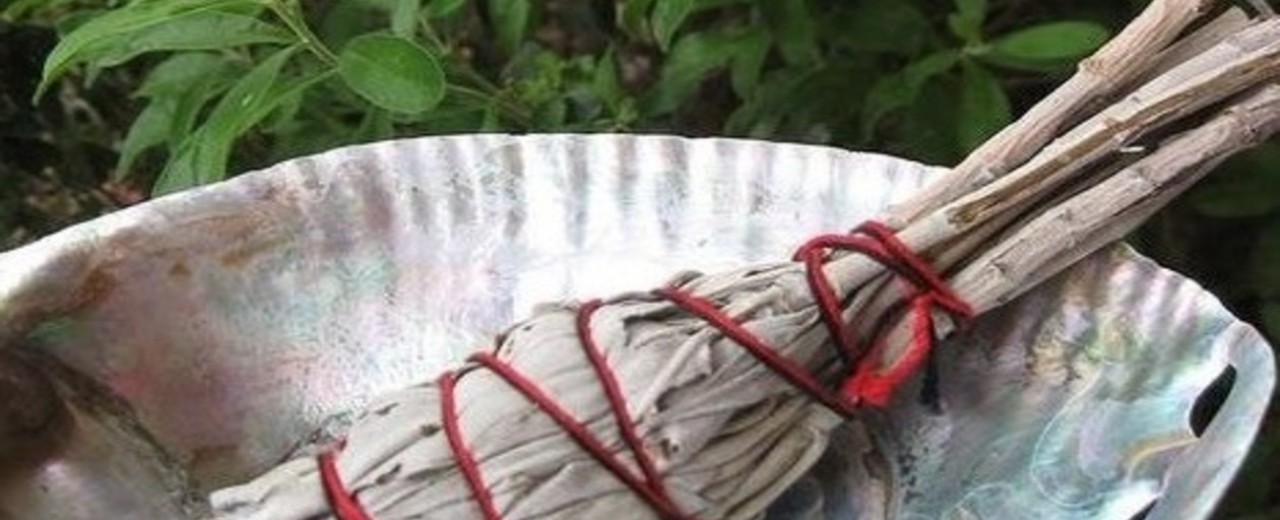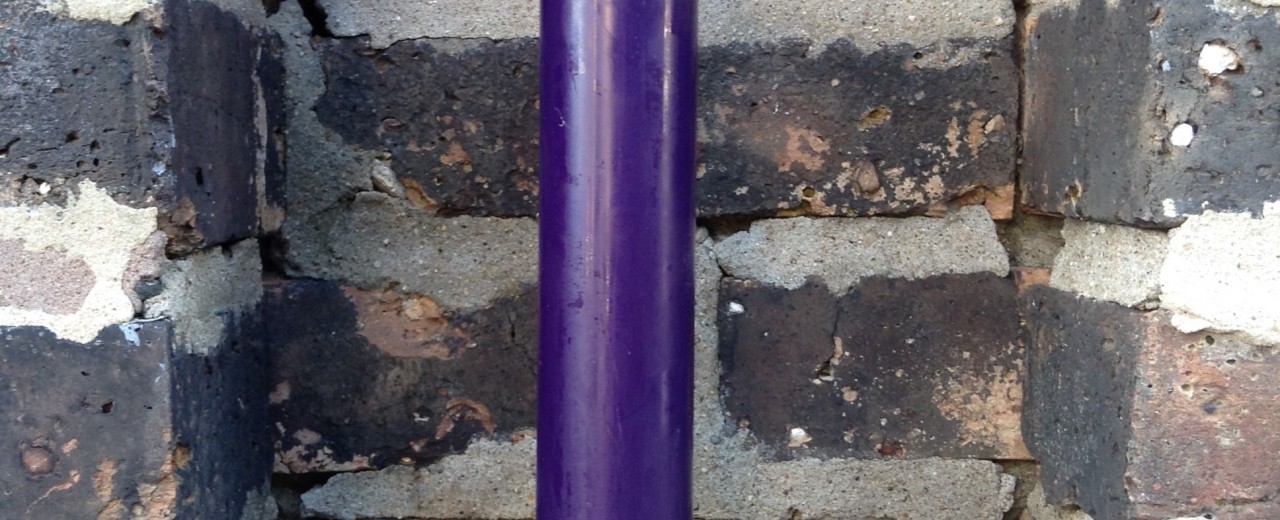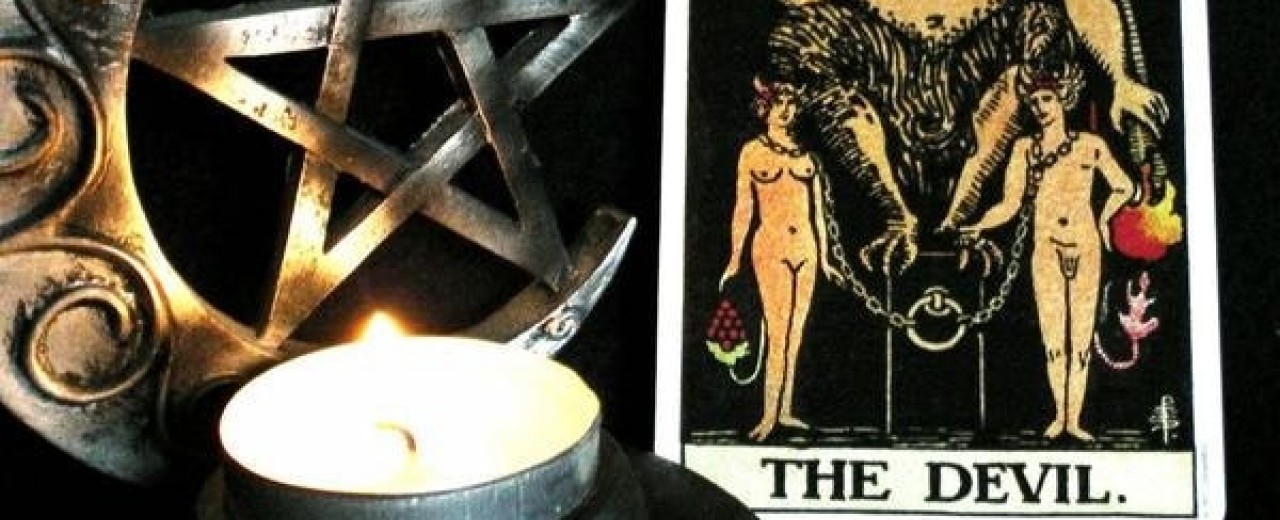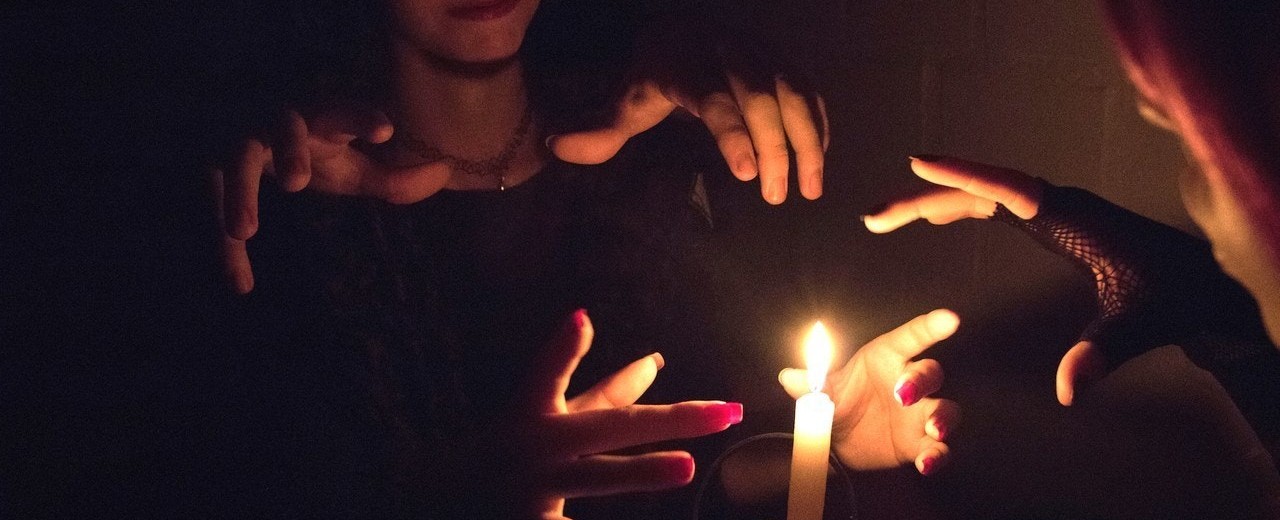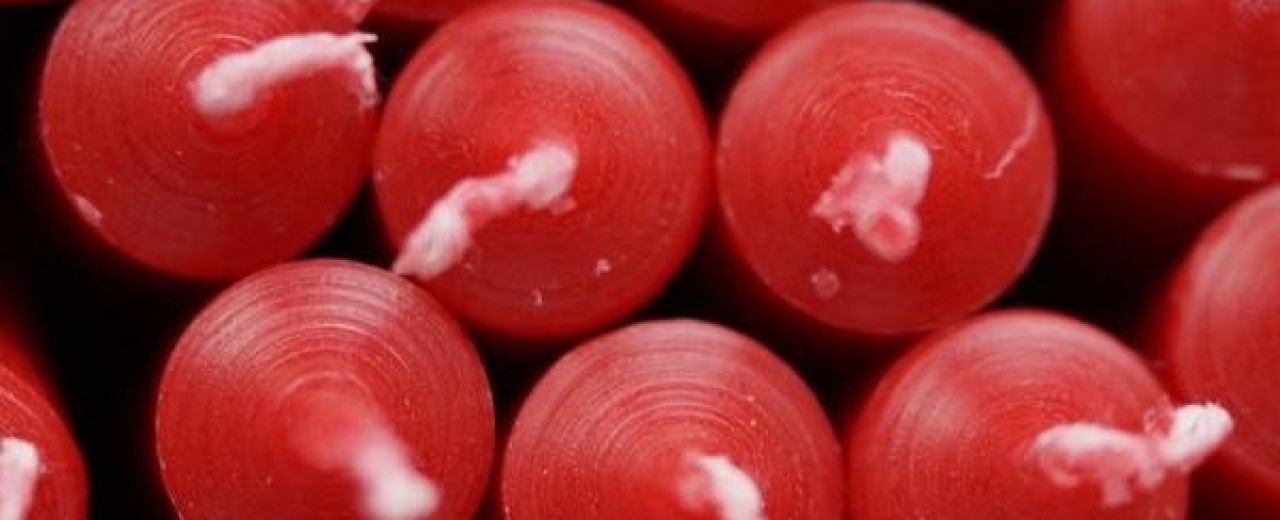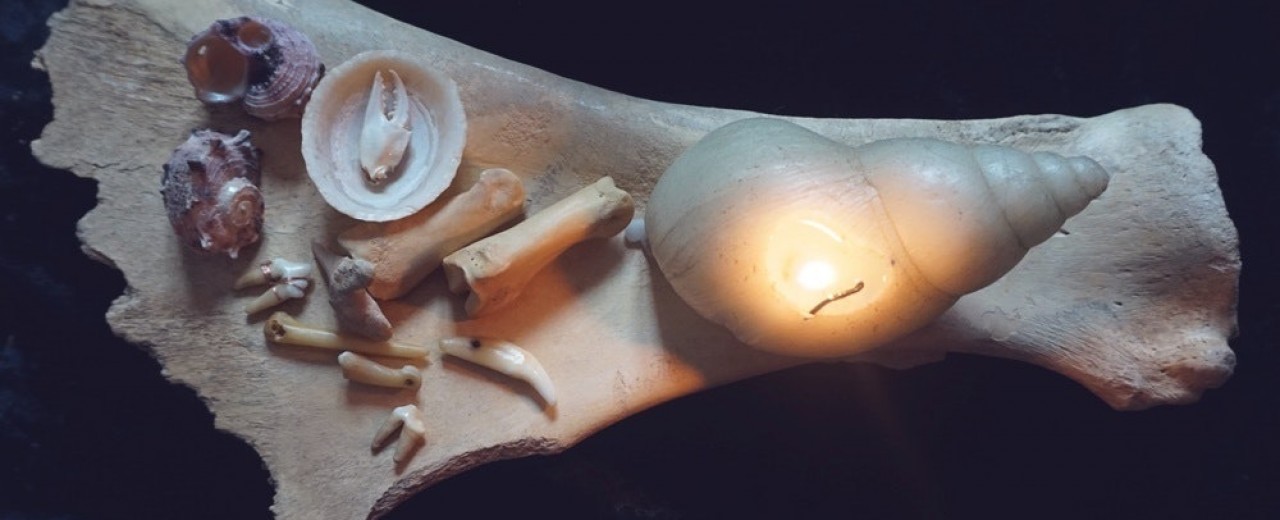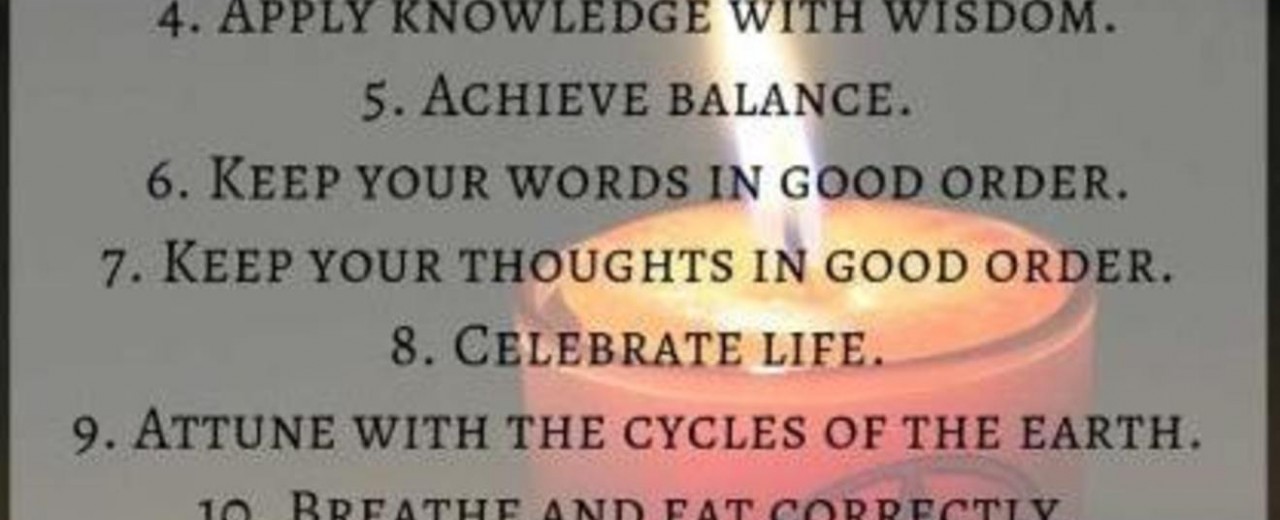Just about every Witch loves to poke around in old cemeteries and graveyards. And yet, actually doing magick in graveyards is a guarded subject, even among people who practice their craft without shame.
Is it discomfort with death? Fear of not being taken seriously? The overwhelming influence of the white-light crowd? Who knows. Graveyards are often associated with curses and hexes, with secrecy, with people who take angsty selfies and write vampire poems—but it doesn’t have to be that way.
Here’s a handy Witch’s guide to finding, exploring and working within graveyards—no black nail polish required.
Why Graveyards?
Graveyards are Amazing Places for Magickal Work for Several Reasons:
Cemeteries are a shared spiritual space that doesn’t belong to any one religion or group. After all, death is the thing that we all have in common. No matter what words are said over the casket, we all return to Gaia in the end. For Witches and Pagans, graveyards can function as a neutral religious space, or even a temple when none is available.
Burial places are also one of the few types of land that has been mostly immune to commercial re-development. Even our materialistic society draws the line at digging up great-grandma to build more mid-rise condos. In mature cities, cemeteries are often among the last public green spaces available. If you want to be close to nature (but not run over by joggers and bikers) you could do worse than to cozy up to some tombstones.
Finally, there are the metaphysical traits. Graveyards are set apart from the hustle and bustle of everyday life—they remain quiet and sad while the world grows up around them. There is a stillness and a timelessness in graveyards. They often hold strong emotional energy, which can be attractive to visiting entities. They are a symbolic boundary between the world of the living and the Underworld.
Finding Old Cemeteries
You can often find quaint little cemeteries just by driving around, especially in older communities. Old churches and funeral homes usually have burial plots attached. Some large city cemeteries are historic landmarks in their own right, with splendid monuments to the city’s heroes, villains, and well-off boring chaps.
In witchy cities like New Orleans and Salem, graveyards can be a huge tourist draw. A tour company or visitor’s bureau can give you a list of cemeteries to visit. As ghost hunting and witchcraft have become more mainstream, many cemeteries offer special occult-themed tours. (Take the tour to scope out points of interest, then come back later without the crowds.) When traveling in rural areas, watch the side of the road for cemetery markers—the graveyard itself will usually be off the main road and up a hill. (To keep dead bodies out of the drinking water. Hooray!)
Another cemetery scouting tip: Photographers love graveyards almost as much as Witches do. Follow your local photography club, as they will do a lot of the legwork of sniffing out old and picturesque graves.
For cemetery visits that are off the beaten path, check in with the local historical society or civic clubs. Retirees and veterans often do the work of maintaining gravesites year-round. Historical groups can clue you in to little-known or neglected burial sites. Slave cemeteries, Jewish cemeteries, and pioneer cemeteries all have incredible stories to tell, and energies that are very different from what you will find at large memorial parks.
Some traditional graveyard spells call for a certain type of gravesite. (A murdered person for a revenge spell, rich man for money spells, child’s grave to conceive a baby, etc.) This is another case where it’s helpful to have history buffs for friends.
Like all other cultural artifacts, burial sites change over time. Headstones from the colonial period and earlier often gave a lot of biographical details, but later ones tend to have simple inscriptions. The stories of the deceased are in danger of being lost to time. Sometimes, however, the opposite is true. The graves of regular people can sometimes become local legends, pilgrimage sites for wish-making and little rituals.
As colorful as old cemeteries are, don’t neglect modern ones for you magickal needs. (In fact, some Witches prefer fresh gravesites for gathering graveyard dirt and certain other tasks.) If your home is near a cemetery (old or new) I highly recommend spending some time there. The practice will help connect you with the history of the land and people who helped build your local community. Your magick will be better for the experience.
Know the Rules
There are mundane rules and occult rules for working in cemeteries. First, the mundane rules. These will usually be posted at the entrance, especially in newer and commercially maintained burial grounds.
The mundane rules should also be obvious to anyone with a trace of manners and common sense. Don’t litter (duh), don’t plant or bury anything, don’t vandalize graves, don’t disturb mourners or memorial services. Open flames and glass may also be prohibited for safety reasons. Very old and historic cemeteries sometimes restrict grave rubbings in the interest of conservation. But normally it’s not against the rules to take paper rubbing of an interesting stone or marker.
Observing visiting hours is a very important consideration for graveyard Witches. These are not always posted. In many places, cemetery hours are covered by state laws or local ordinances. The laws are on the books and you’re just supposed to know to leave at sundown.
I know, I know—but we’re Witches! We do our best work at night. Unfortunately, it is usually illegal (and bad luck, some say) to be hanging around in a cemetery after dark. Some Witches and ghost hunters rely on their stealth powers to get around this rule…but I don’t recommend it.
There’s still a lot of ignorance about the Craft. Caretakers may not be able to tell the difference between the itinerant Witch and the ordinary vandal (or may not care). Cemetery owners and neighbors will call the police if they catch you there at night. Nothing kills a magickal buzz like a criminal trespassing charge, I promise.
At night, you also run a greater risk of encountering living people who are up to no good: Drug deals, furtive sex, and goth kids drinking wine coolers. They might even try to read you some vampire poetry. Not cool.
The mundane rules are easy enough, but what about the magickal ones? Ah, that’s where it gets complicated. As human beings, we don’t know very much about death—and we’ve had thousands and thousands of years to make crap up. There are about a billion superstitions involving graveyard visits.
Here’s a sampling:
- Don’t point at graves or photograph them. (This rule probably gets broken the most.)
- Say “sorry” when stepping over a gravesite. (Observed 100% of the time in Irish cemeteries, I’ve noticed.)
- It is bad luck to wear anything new to a cemetery, especially shoes.
- Don’t whistle in a graveyard, or you tempt Death.
- Leaving coins on a grave is a token of respect.
- Don’t yawn near a grave, or ghosts could get inside your body.
- Smelling roses when there are none around is a sign that a benevolent spirit is nearby.
- The person who takes something from a graveyard will return more than he took.
As silly as some of these adages sound, there is a grain of occult wisdom in most of them. However, don’t assume that they apply in all cases. Every cemetery is different. Different Earth energy, different spirits, and different customs mean different rules for the magick worker.
Well…that’s not very helpful. How do you learn the rules? As much as I would like to be able to generalize about cemetery work, there are few absolutes.
The only constant rule is respect. Respect for the dead is paramount while working in graveyards. If you behave like an ass with your actions or your intentions, you might or might not suffer some unpleasant consequences. Most likely, you will just find that the gates of magick are closed to you there while you are there.
Listen Harder
I can share one helpful tip for embarking on a cemetery working: Every graveyard has a guardian. In my experience, this has been true without exception. The guardian is a presiding spirit who watches over the boundaries and entrance of the site. The guardian is like the bouncer at a nightclub, basically. You won’t get very far without checking in with Him/Her/It, so follow the dress code and try not to get 86’d.
Tradition has it that the guardian is the spirit of the first person buried in the cemetery, who is bound to stay behind and watch over it. In the past, communities would sometimes try to cheat the curse by burying an animal or a vagrant in the first plot.
I don’t think this idea of guardianship is correct. However, I can’t definitively say who or what guardians are. They may be senior human spirits, Gods or emissaries of Death, psychopomp Fae, genii loci, random thoughtforms assembled from the social norms of visitors, all of the above or something else. (Insert your magickal worldview here, basically.) But guardians are real (enough) and powerful.
Cemetery guardians have a lot of jobs. They are largely responsible for setting the energetic tone of the site. They help control what entities can enter the ground, or stick around. They work with the caretakers and visitors to maintain the place physically, also. Sometimes cemetery guardians will set up a collaboration with a local sorcerer or priest/ess who works there often. If a graveyard you visit has been “claimed” in this way, you’d be wise to tread lightly and keep your magick compatible with theirs.
Open-feeling, peaceful cemeteries have guardians that welcome visitors. Haunted, forlorn, and forbidding burial places have guardians that don’t care for human company. The guardian(s) will ensure that you know which is which. They will also give you hints and nudges about the types of magick their domain supports. They may send you somewhere else if it’s not a good match. Remember that you are in their space. Respect it.
Developing a relationship with the guardian(s) is one of the best things you can do for your graveyard magick. It’s much better than just tromping through the gates with your candles and sticks and bones and expecting all the energies to fall into place for you.
So introduce yourself! The first time you visit a graveyard, pause at the entrance and share your energy and intentions with the guardian(s). Take in some of the energy of the place in exchange. See if you like the vibes—collaboration is a two-way street, after all. It’s not a bad idea to ask permission to enter or bring an offering to show you’re not a threat.
Once inside, open your super-special magickal antennae senses and see if there’s anything they’d like done around the place. Picking up trash is almost always a welcome contribution. Perhaps there’s a neglected area that needs visiting. Sometimes there’s a spirit with something to say, or a bit of energetic cleanup to be done somewhere. It only takes a few minutes, and then you can get on with your Voodoo, Hoodoo, or whatever it is you do.
What kinds of magick can be worked in graveyards? Just about all of them. Witches go to cemeteries to cast spells for love, money, healing, and success, as well as the darker workings like binding and revenge spells. Cemeteries are a good place to charge amulets, tools, and talismans. Since they are left alone most of the time, they are energetically “cleaner” than areas frequented by lots of people.
Plenty of graveyard magick involves the spirits of the deceased. Practitioners of many forms of magick believe that spirits of the dead can empower spellwork by the living. Prayers and offerings are made to spirits to earn their sympathy and support.
Graveyards are kind of temple for Pagans who connect with gods of Death or the Underworld (such as Hades, Morrighan, and Hecate). Witches and Pagans go there to contemplate mortality, to connect with ancestors, or just be in the company of the dead.
Burial places are a traditional spot to practice mediumship and spirit communication, and for a good reason: Cemeteries are where spirits go to be heard because they’re where the living go to listen.
As I mentioned before, a major part of effective graveyard magick is listening. If you’re not sure what to do, listen harder. Your instincts will guide you toward the right time and place to perform your working.
When in cemeteries, pay attention to particular areas that pull you in. You may see movement or light. Something may draw you to a certain gravesite—a visiting bird or pretty flower, a significant name or date. Cemeteries are an ideal place to receive oracles from the other worlds. Sit down and listen when invited to. The speaker is not necessarily the occupant of the grave. Keep an open mind.
On Offerings: Flowers, liquor, coins, tobacco, and food are traditional offerings to a spirit who has helped you. Some offerings will be more appropriate than others. You wouldn’t want to offer whiskey to a non-drinker, for instance. On the other hand, anything offered in love and trust is unlikely to offend. Consider the ecology of the place—take trash home with you. Offer energy and prayers if you’re not sure what’s okay.
Some Witches trek into cemeteries for ritual ingredients: graveyard dirt, stones, tree branches. Specific magickal rules govern the removal of these items (though they vary by tradition). In short, don’t take anything that isn’t freely given, or fairly bought and paid for.
When choosing a gravesite for a ritual activity, check in with any guardians or spirits in the area. Necromancy—magick involving the dead—has come a long way in the last 500 years. Once upon a time, a magician would wave a magick wand and command earthbound spirits to do his bidding. But there has been a major paradigm shift in Western magick. These days, most Witches think of discarnate beings as collaborators, sentient folks with independent wills that should be respected. You will occasionally meet a Witch who claims to bind or boss around spirits as part of their magick, but this is quite rare.
Some people might argue that the right to give consent ends with death…but that’s a rabbit hole for another day. If you get a strong feeling that your intrusion is not welcome, move on to another spot. You’ll get better results from willing spirits, anyway.
Be Safe
Let me get this out there first: Graveyards are not unsafe places for magick. They’re not inherently dark or evil or unlucky to work in. That’s superstition. What they are is portal places. As such, they carry certain magickal power and certain risks. It is possible to encounter negative or chaotic energies that you don’t want to bring home with you. At times, even the psychic impressions from ordinary human emotions can be overwhelming.
If you have a protective amulet or protection ritual, now is a great time to dust it off. Ground and center yourself before beginning your working. Ask your guides/angels/higher self to surround you with protection. Scan your body for attachments when you leave.
Scrying, channeling, and trance work should only be practiced in cemeteries if you’re confident in your ability to screen out unwanted garbage. This is yet another reason why building a relationship with the site’s spirit guardians is a good idea. They know the psychic geography of the place and can spot trouble before you can. They can be your allies and will act as gatekeepers if they support your work.
Remember that spirits don’t know everything just because they’re body-less. Don’t obey orders from a spirit that you wouldn’t obey from a person, and take anything they tell you with a grain of salt.
With just a few simple precautions and courtesies, graveyards can be a wonderful place to work your magick. Happy exploring!
I hope that this was informative and helpful. If so, tell me in the comments below.



